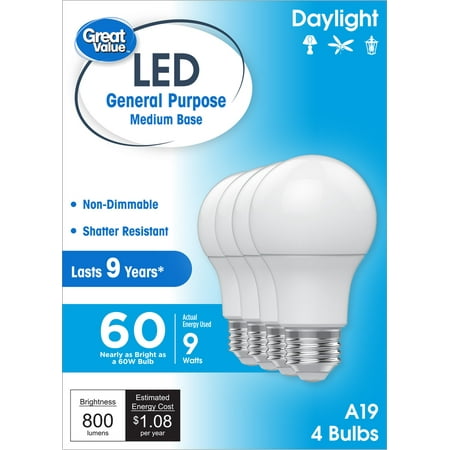How to slash energy bills – 13 savvy saving tips from home experts from using energy-efficiency smart tech and apps, to rethinking your window treatments
Reduce your energy bills and save money at home with this expert-approved advice

- 1. Lower your thermostat
- 2. Use the cool wash
- 3. Turn off unused items
- 4. Kitchen efficiency
- 4. Use apps
- 6. Layer rugs
- 7. Window treatments
- 8. Install a smart system
- 9. Service your boiler
- 10. Underfloor heating
- 11. Heat pump
- 12. LED light bulbs
- 13. Draft-proof
- Is it more efficient to leave heating on low?

It's only natural to look for ways to cut energy bills at home – not just in the short-term, either.
Luckily, there are countless ways to save money at home – from free solutions, such as turning off unused electronics, to worthwhile investments, like installing underfloor heating or heat pumps.
Here, we have spoken to HVAC, energy and home experts to find our their top 13 tips on cutting energy bills, by reducing the amount you use, or doing so more efficiently. This is what they said.
How to slash energy bills
1. Turn down your thermostat
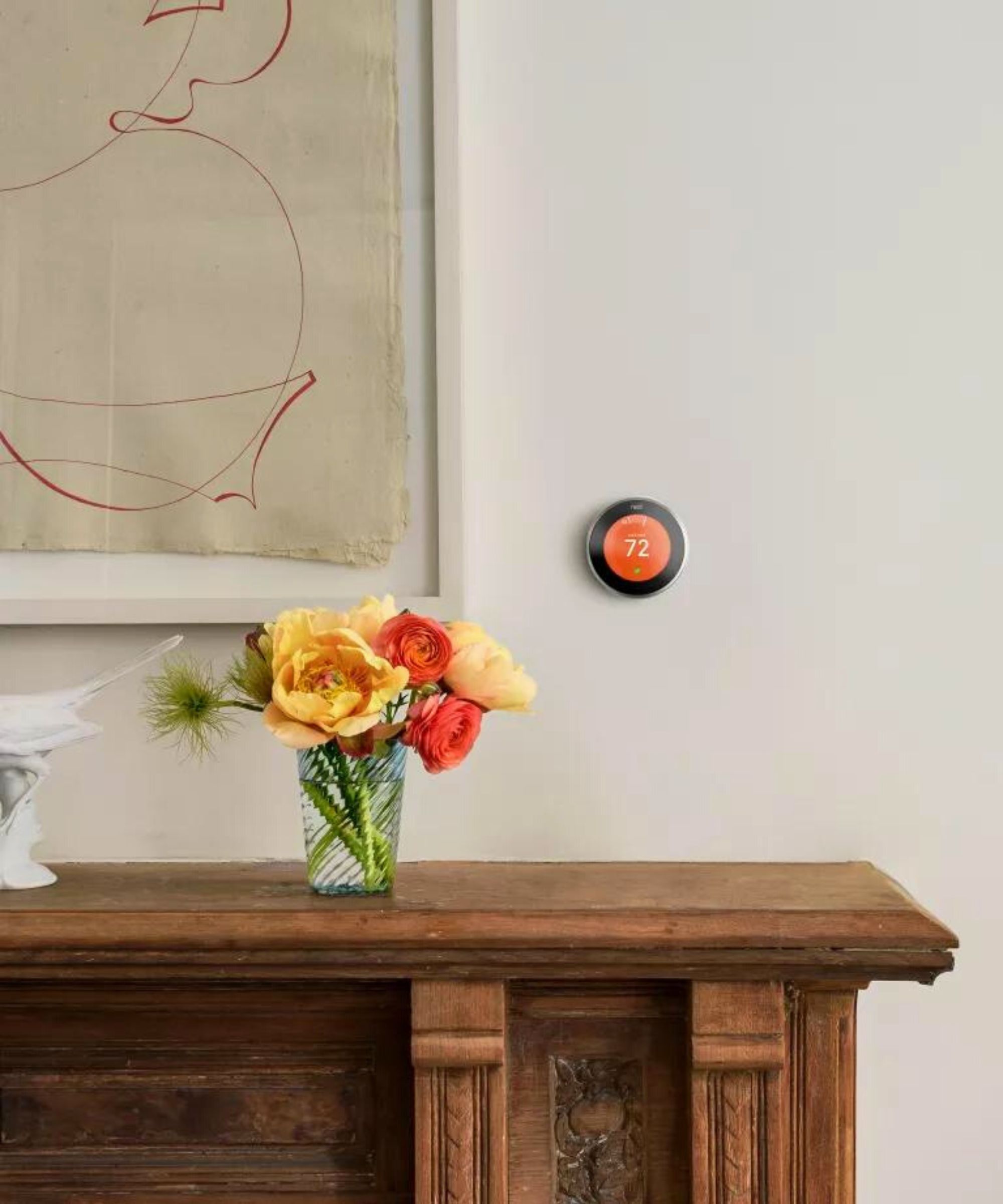
If you're wondering what the most economical way to run your heating is, Nico Van Der Merwe, vice president of home and distribution at Schneider Electric, explains that turning down your central thermostat by only one degree is an easy and efficient way to immediately impact your bills, without compromising your comfort. He advises, ‘While some people may feel the effects of this due to the layout of their house and their heating system, it is worth trying to see how it feels.'
Therefore, home owners can avoid any common thermostat mistakes and save money by being aware of the best temperature for a thermostat in winter. Les Anderson, content manager at Bionic adds, ‘You probably won't even notice this tiny temperature difference, but what you will notice is a saving on your energy bills as a result.
‘Just taking your thermostat down a notch is a quick way to start saving fast. This one small action only takes seconds to carry out and could potentially slash your heating bills by as much as 10%.’
Similarly, knowing the ideal temperature to set your thermostat when on winter vacation is a great way to slash energy bills, even when you're not at home.
2. Wash laundry at lower temperatures

To save energy when doing laundry, personal finance expert Julian House suggests washing your clothing at a lower temperature, which is also a great way to slash energy bills.
Julian says, 'This is a great example of making a tiny change to your daily routine to optimize your energy usage. Decrease the temperature of your wash from 100° Fahrenheit to 85°F (40°C to 30°C) and limit yourself to one wash cycle per week, if possible, to see incremental savings on your annual energy bill.'
When washing with cold water, we recommend using the Tide Coldwater Clean Fresh HE Turbo Clean Liquid Laundry Detergent available at Walmart, which gives an excellent clean even at low temperatures.
3. Turn off unused items

Energy expert Anderson warns that appliances on standby still use energy.
He says, 'Make sure to switch off electricals from the wall. Turn off lights when you leave a room and remember to take advantage of natural light. Consider installing sensors in areas like closets (such as the Motion Sensor Closet Lighting with Eye-Protection available at Amazon) and cabinets which don't need to be lit when they are closed.’
Taking these smaller, more simple measures can really help you to save on your energy bills, explains electrical expert Van Der Merwe. ‘Don't underestimate the obvious, common-sense approaches to conserving energy,' he says. 'Simply turning appliances off standby mode and switching off lights when they're not being used can save money.’
If you're interested in making changes, learn how to choose energy-efficient appliances with our handy, nine step guide.
All prices were correct at the time of publication.
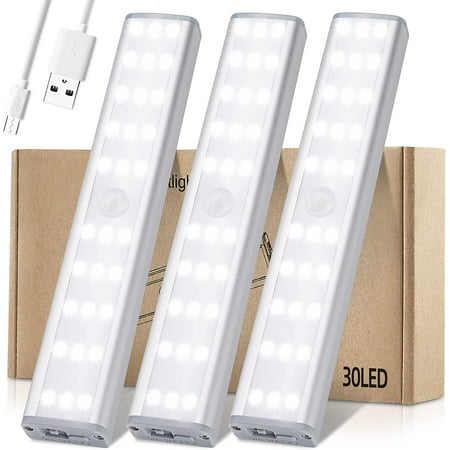
These LED lights can be used for your cabinet, closet or stairs, and provide a powerful, bright-light despite their small, discreet size. They use motion sensors to turn on when needed, and off when people leave, and are easy to install with magnetic strips.
4. Be more efficient in the kitchen

Roy Bateson, senior gas engineer at Calor Gas advises, 'Small changes in how you use your appliances around the kitchen can also make a big difference in the amount of energy you use throughout the winter and even all year round.
'For example, no matter how many pots and pans you’re using, if you don’t have the lid on, then you are burning away energy.' In fact, amazingly, Bateson points out that cooking with the lid on can reduce the necessary energy usage by one whole third.
'The same thinking applies when you’re boiling the kettle or making a cuppa – the more water you’re boiling the more energy is consumed,' he adds. 'Where you can, try to boil just the right amount of water you need at that time.'
Equally, swapping to the eco-cycle on your best dishwasher and ensuring you choose eco-efficient appliances when replacing old with new will help cut energy bills. Of course, doing the washing up instead of using the dishwasher, using some of our expert tips for washing dishes with an efficient dish soap, such as the Dawn Ultra Dish Soap Dishwashing Liquid available at Walmart, also helps to slash energy bills.
5. Use energy-efficiency apps

If you have a device which allows you to, Max Schwerdtfeger from The Eco Experts, says, 'Downloading smart energy apps on your phone can help cut the amount of money you're spending unnecessarily on energy. These apps track how much energy you're using, and advise you on how to cut energy usage.'
For example, the Energy Cost Calculator App, available on Apple and Android offers a detailed overview of energy usage in your home, broken down by day, week or month.
6. Put down rugs where floors are drafty

Putting down rugs will not only give your room an extra pop of pattern – rugs can add extra layers of insulation to your flooring, helping to trap cold air. In turn, this keeps your home warm, and save you cash too. For larger spaces, learn how to layer rugs for a chic, cozy effect.
To draft-proof an entryway, you may also want to consider investing in a draught excluder, such as the Vellure® Door Draft Stopper for Bottom of Door available at Amazon. Eco-expert Schwerdtfeger says, 'A draft excluder could be anything from a door sausage placed at the bottom of a door frame, or a tape that goes around door hinges.
It's really important to utilize draft excluders, as we lose one fifth of the heat in our home through drafts.'
7. Rethink window treatments

If you are rethinking your window treatments ideas anyway, consider those that also act as insulators, such as thick drapes or shutter ideas.
Sam Tamlyn, managing director at California Shutters explains, ‘Plantation shutters have a number of benefits that will help to reduce costs and save energy. Windows are one of the major sources of heat loss, especially in older homes, as windows are not insulated properly or the seal has worn away.
‘Not only do shutters look great but they help keep the cold out and retain the heat inside. As they are fitted bespoke, when their slats are closed, very little air escapes meaning they are great insulators and will help keep your heating bills down.’
You may also want to use caulk, such as the number one bestselling Gorilla Waterproof Caulk & Seal 100% Silicone Sealant available at Amazon, to seal any gaps or cracks around your windows which may be letting cold air in, making your heating system work harder than necessary and driving energy costs up.
It's a good time to insulate windows, too.
8. Install a smart system
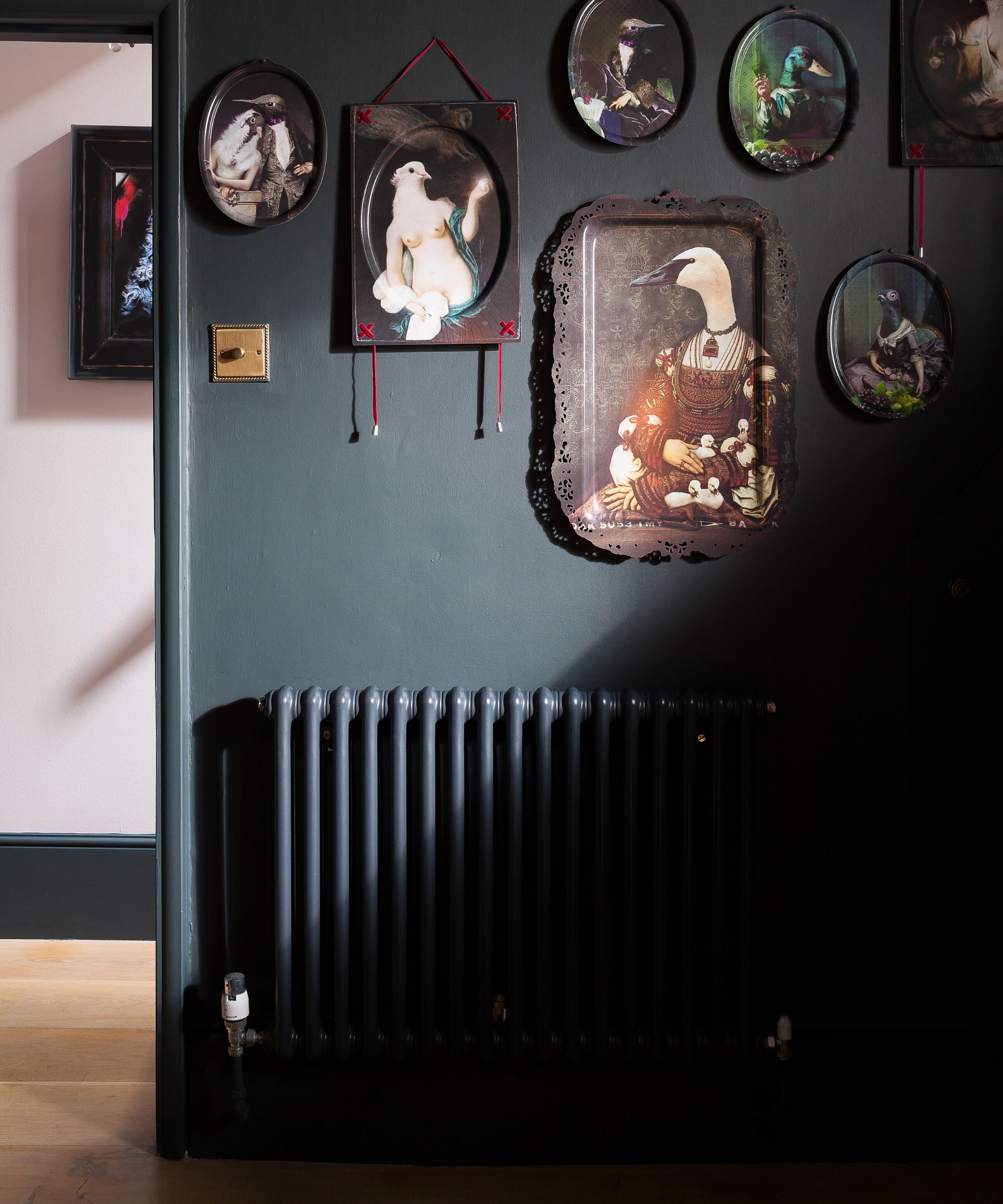
Installing a smart system will allow you to zone your heating, so you are only warming up the rooms you need. As more people set up a smart home, adding your heating and boiler to your online system only makes sense. What’s more, experts believe using your heating in this way could save you up to one-third on your energy bills this winter, as you use less energy to heat your entire home.
James Lloyd, design and specification consultant at Wunda Group, suggests, 'Keep your home office warmer throughout the day than the rest of the house, or maintain a cooler temperature in the bedroom in the evening while the living room is the right amount of cozy.’
Smart plugs, such as the Kasa Smart Plug available at Amazon, are one of the smart home must-haves, and eco-expert Schwerdtfeger says, 'It’s estimated that having a smart home – which involves household devices such as heating, lighting and electronics being internet-connected and controlled remotely – can save you anywhere between 1% and 15% on your bills.
'Smart plugs can connect to an app on your phone, and control when an appliance turns on and off. You could even program set times for it to switch on when you’re out of the house.'
Schwerdtfeger adds that these plugs can also help to 'alleviate the issue of vampire devices,' which are appliances which drain household energy when we often fail to turn them off when no longer using them, such as the TV, microwave or printer.
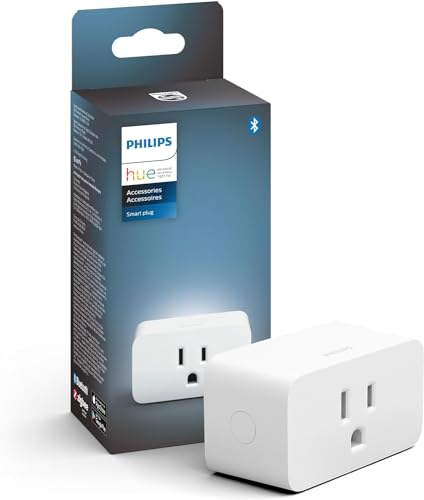
This smart plug turns any light into a smart light, which is among the best smart technology for bathrooms. It has an inconspicuous, compact design, perfect for tucking away in corners, and features a convenient voice-control smart control setting.
9. Have your boiler serviced

Senior gas engineer Bateson warns, 'If your boiler is not working at full capacity, then it can dramatically affect performance. That’s why it’s a good idea to have your boiler serviced annually. Doing this means that you can rest easy knowing that there will be no nasty surprises and that it’s in top working condition throughout winter.
'Regular services can also cut costs in the long-run as it helps you avoid the need to pay out for potential expensive repairs. In addition, switching to a modern LPG or BioLPG boiler can lead to increased energy and cost savings.'
If you're not sure whether it's time for a new boiler, these signs your boiler needs replacing are a helpful place to start. While there are some common heating problems you can repair yourself, sometimes it is necessary to invest in a complete overhaul.
10. Explore underfloor heating
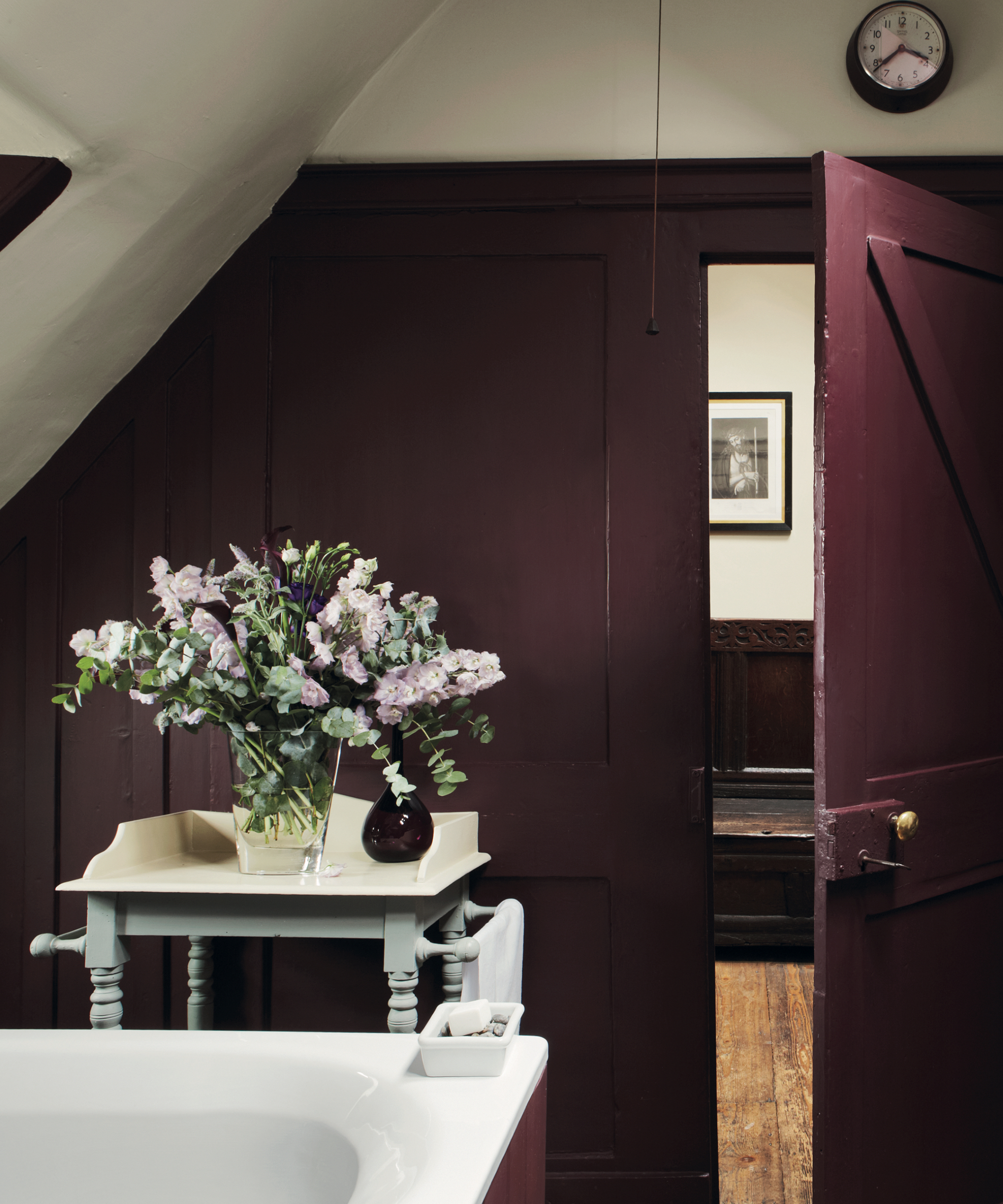
Although underfloor heating is a big, expensive investment, according to experts it could save you thousands on your energy and heating bills in the long run.
Energy and underfloor heating expert Lloyd says, ‘Underfloor heating can be an incredibly efficient and cost-effective system for the home, with minimal installation requirements and very little maintenance overall.’
Underfloor heating warms up your home quicker than traditional wall-mounted heating, as it allows heat to rise and offers even distribution around your home. By warming your home quicker, you will not need to run your heating for as long, saving you money over time.
When considering whether you need underfloor heating in the bathroom, or indeed anywhere around the home, you might also want to think about your flooring ideas in general. With carpet working as a great insulator, it's great to include in your interior designs, though note it's not generally suitable to be matched with underfloor heating.
11. Think about a heat pump

As energy expert Lloyd explains, ‘When installed correctly (outside of your home, with plenty of room for airflow), a domestic heat pump could reduce energy bills by up to two-thirds, meaning lower energy bills.'
Heat pumps are one example of eco heating, and work by capturing energy from the environment outside and warming it using a small amount of electricity to heat the inside of your home. This makes it more efficient than traditional indoor heating systems and a great eco-home improvement. What's more, heat pumps can remove hot air from your home too, allowing you to cool down a living room, or anywhere else around the house, in the warmer summer months.
‘Bear in mind that you’ll need a lot of outdoor space for installation and it will require additional measures inside your home such as underfloor heating to ensure your home receives a primal temperature,’ Lloyd warns.
Punteha van Terheyden, head of Solved at H&G has an air source heat pump system in her newly built home. She says, 'Proper installation is vital. When we moved in, the installers had made copious errors on our system and we spent four years paying out of the nose for monstrous energy bills years round.
'Now, we've had our original and very noisy Samsung Joule system replaced with a Vaillant one and the difference in the quality of the systems, plus lowered energy costs from the latter being installed correctly is absolutely night and day. We're paying hundreds less a month and there is zero noise on both the outside unit, and the indoor water cylinder. Pick your system wisely, as the good one will be worth the spend.'
12. Use LED light bulbs
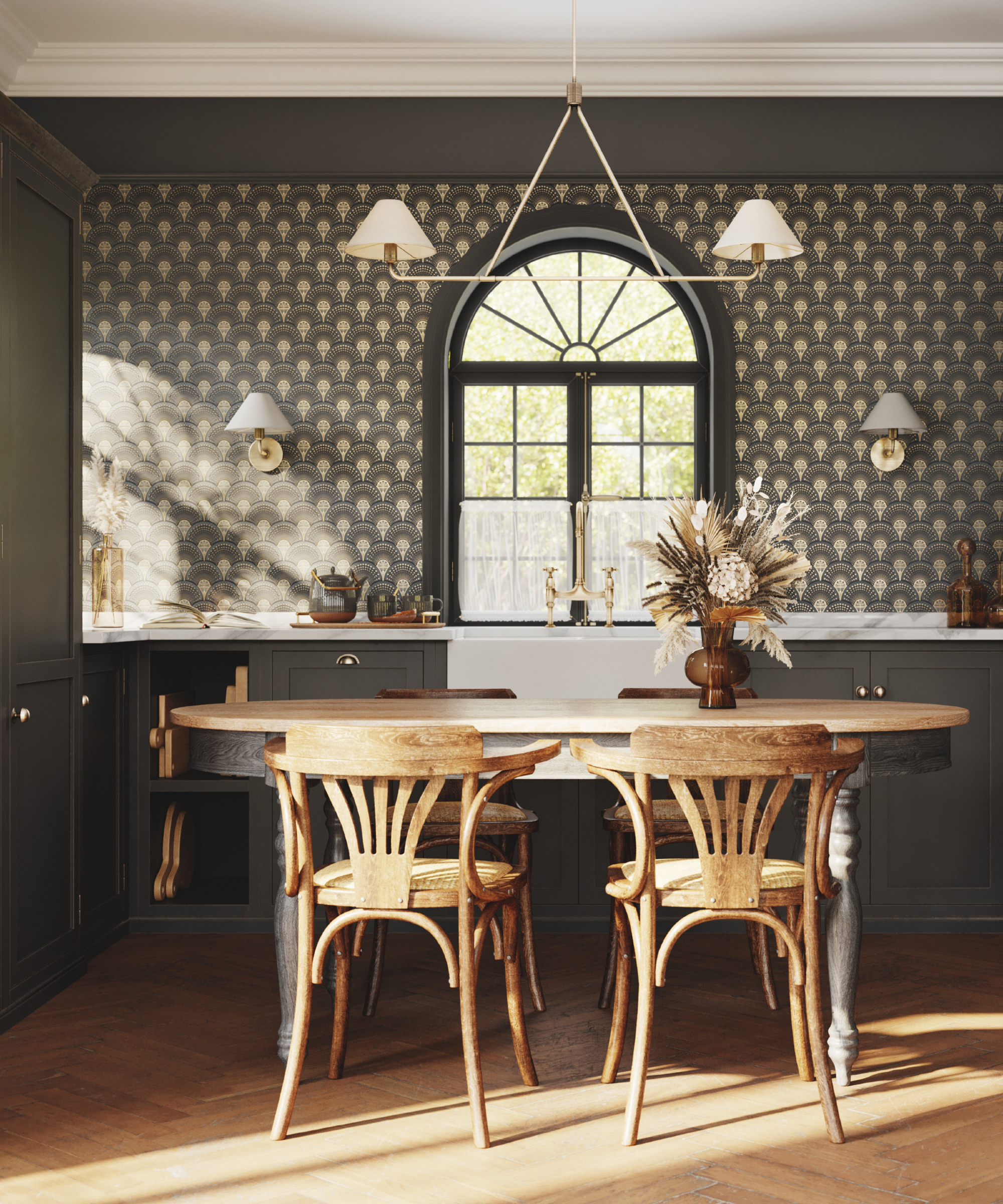
Eco-expert Schwerdtfeger says, 'A single LED light bulb will save you approximately $100 over the course of its lifetime,' so incorporating them into your lighting ideas is a great way to slash energy bills.
Addtionally, when picking the best lightbulbs for your space, opting for LED light bulbs, such as the Amazon Basics Soft White LED Light Bulb available at Amazon, is a great way to be sustainable at home, and will have a positive impact on both your energy bills and the environment.
13. Insulate against drafts

Energy expert Bateson explains, 'Most modern, newly-built or renovated properties have excellent insulation as part of a nationwide commitment by house-builders to create energy efficient homes. However, if you live in an older home it is worth making sure that your walls, and particularly the attic, are insulated to make sure that heat is retained properly.
'Insulating cavity walls and the attic will make sure that your property stays warmer for longer this winter. Every small crack or draft you have around doors or windows is going to let warmth escape and let cold air in during the chilly months ahead, which decreases energy efficiency.'
Indeed, eco-expert Schwerdtfeger points out that loft insulation can save you hundreds on your annual energy bills, while also saving hundreds of kilograms of carbon each year.
'Though you could hire a professional to insulate your loft, it is possible to carry out loft insulation yourself,' he says, 'as the majority of equipment and materials needed for this task can easily be found in stores or online. If you're capable of decorating your front room, you're definitely capable of laying out loft insulation!'
Before getting started, make sure you know how much it costs to insulate an attic, so you don't get caught short, and all about the different types of attic insulation.
From foamboard to fiberglass, there is suitable insulation for every attic, but before investing time, money and energy in the project, you'll want to get yours right.
FAQs
Is it more efficient to leave heating on low?
You may be surprised to know that, according to studies, leaving your heating permanently on low is not more efficient – nor does it save you money. If your home is not properly insulated, this build up of heat will escape and waste energy over the long run.
Instead, to make heating more efficient, it is best to heat your home as and when you need it, and not leave your heating on all day.
Next, learn about improving your homes EPC rating and how to reduce your water bills.
Design expertise in your inbox – from inspiring decorating ideas and beautiful celebrity homes to practical gardening advice and shopping round-ups.

Chiana has been at Homes & Gardens for two years and is our resident 'queen' of non-toxic living. She spends most of her time producing content for the Solved section of the website, helping readers get the most out of their homes through clever decluttering, cleaning, and tidying tips. She was named one of Fixr's top home improvement journalists in 2024.

